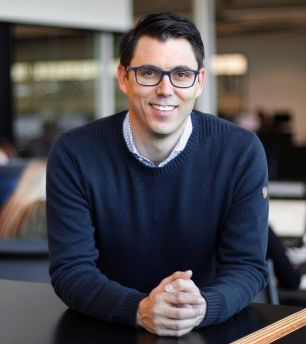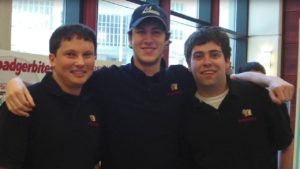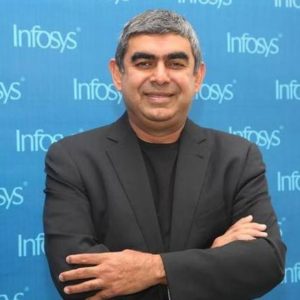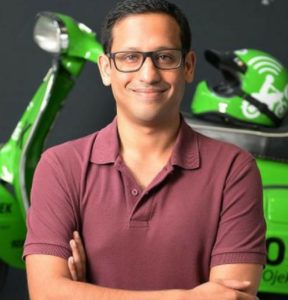Meesho : India’s First Facebook-Backed Startup Emerged out of a Failed Business
The world has already created a rough background framework in the mind of every young entrepreneur out there. If you are a good programmer and a tech guy, you are surely a potential entrepreneur, or that is what everyone thinks. But, there is always this one person who burst our bubbles and brings us back to the real world. Sanjeev Barnwal, the co-founder of Meesho, an online e-commerce platform created for the resellers in 2015, believes that it is always not coding that opens the scope of doing good business. One of the most important criteria for fueling a business is to know your clients. So, meeting the clients in real life, interacting with them contributes to one’s successful business as well. Let us know more about this platform, and its founders, Sanjeev Barnwal and Vidit Aatrey.
Sanjeev Barnwal
Belonging to a middle-class family from Ranchi, Barnwal was always influenced to do well in his academic life. In his 10+2, he opted for computer science only to get rid of biology. Since, he chose to study pure science, like most of the students these days, he also wanted to pursue engineering, and not to mention from the best institution of India, i.e., IIT. After passing his twelfth standard, he went straight to Kota to prepare for the entrance exam, and next year, he made it to IIT Delhi, Department of Electrical Engineering. After getting into college, Barnwal realized the power technology and coding is acquiring in our lives.
During his days in the IIT, he met Vidit Aatrey, his classmate. But these four years were absolutely not the time when they sat together and planned their own start-up. After completing his BTech, Barnwal moved to Tokyo, Japan and started working for Sony Corporation. After working there for a couple of years, Barnwal was really inspired by the start-up community growth in India and wanted to join in. So, he called up Aatrey, his IIT Delhi batch mate, to ask if there is any start-up which he could possibly join. But, Aatrey was very much interested to create a start-up of his own, rather joining one. And this is how it all began.
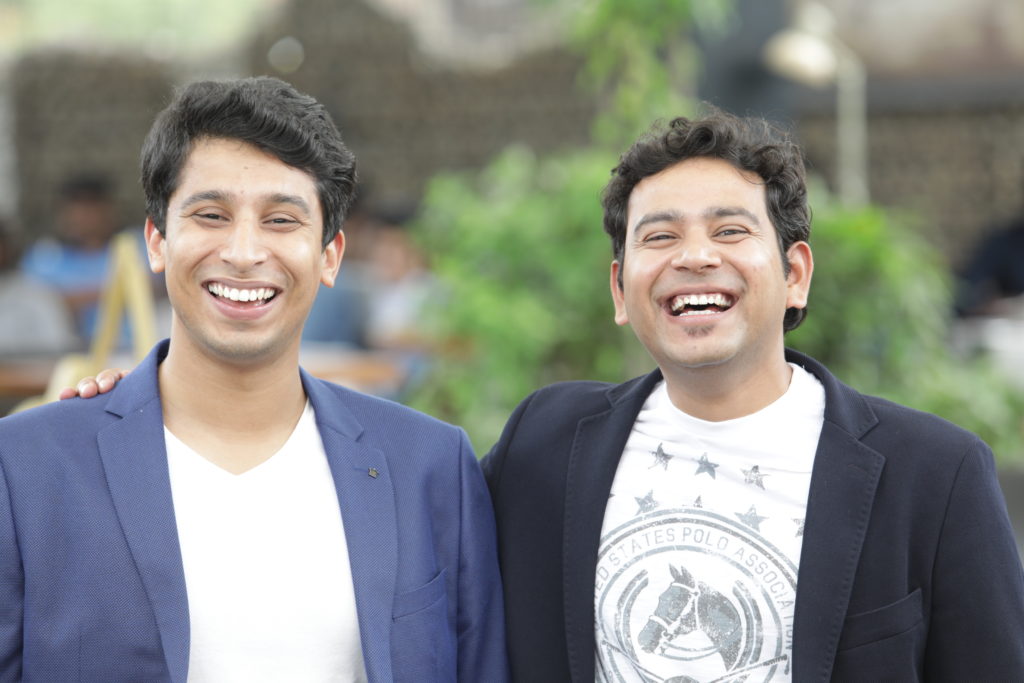
Vidit Aatrey
With an AIR of 182, Aatrey was admitted to the Electrical Engineering department of IIT Delhi in 2008. After graduating, while Barnwal moved to Tokyo, Aatrey joined ITC as Supply Chain Manager and worked there for a couple of years. He switched to InMobi in 2014 and moved to Bangalore. He was doing really well in this company, until one fine day he received a phone call from his old batchmate, Sanjeev from IIT Delhi. Over a single conversation, both of them decided to quit their jobs for something which was as uncertain as an exit poll in India.
Anyway, both of them resigned, and Barnwal returned to India in June 2015 to start his new venture with Aatrey.
And, the End Result was Meesho!
At first, both of them decided to open a fashion-based online marketplace that would remap all the shops for customers, and through the app, the user could actually try the product before buying it. They named their start-up FashNear and launched it in mid-2015, but unfortunately the idea back-fired.
So, they came up with another idea of a start-up and created a platform where offline retailers could take their business online, and sell through different social platforms like Instagram, Whatsapp, Facebook etc. After they came up with the idea of this new business, they worked day and night to create this online premise. Their office was their 2-BHK apartment in Bangalore and weekends meant nothing to them except coding more and more. After a long month, they finally set up the company and launched Meesho in December 2015. This is how Meesho was born, from a failed business to the first Indian start-up Facebook invested in. The co-founders performed diligently and made their comeback in the same year.
Where Meesho Stands Today?
Meesho has received a robust response from the customers of India as it has turned the table for many young businessmen/businesswomen of India who basically gave their business a face due to this entire online social media marketing.
Meesho raised good funding in these few years as well as many prestigious awards. After a year of its launch, Meesho was selected by the Y-Combinator and earned $120,000 from there. The latest investment by Facebook was in June 2019, and the last month Meesho raised $125 million from series D funding.
Today, Meesho has over 500 members inspiring every commoner of India with a passion to create something of his or her own.

Annasha Dey is an NIT student, who apart from studying engineering is also a content writer. She has a great interest in photography, writing, reading novels, and travelling as well. She is a foodie who loves socializing and hanging out with her friends. She is also a trained Kathak dancer and a big fashion enthusiast. Dey also loves watching TV series, which includes F.R.I.E.N.D.S. and Big Bang Theory. To be a better writer she prefers to read more





